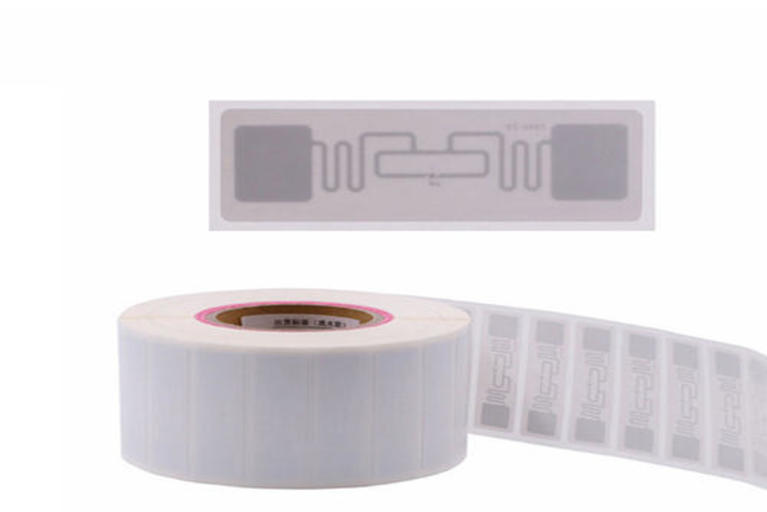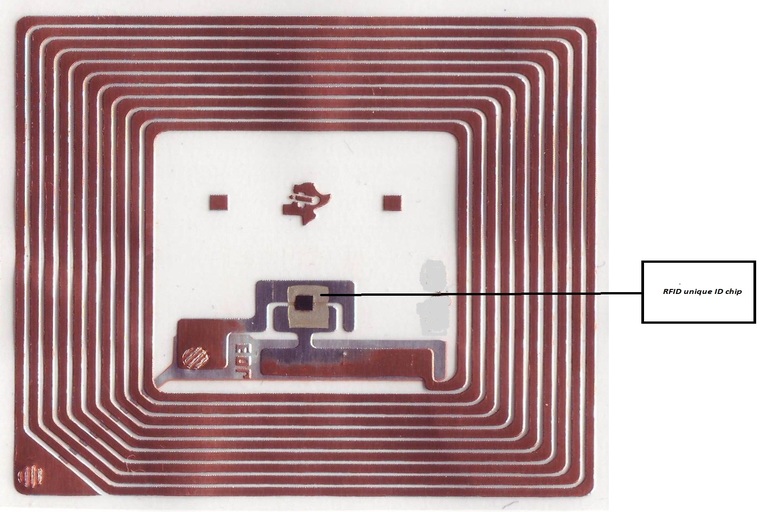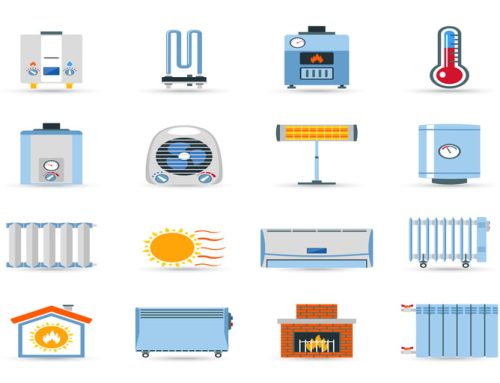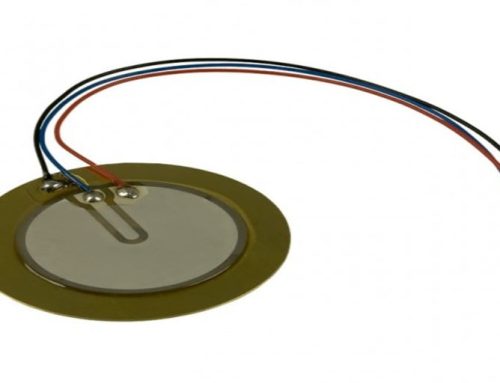
Most of us have walked through the various shopping store doors those are using object detection mechanism and use radio frequencies for this. Sometimes we got embarrassed our self by these detection mechanisms by false alarms, that’s mean that you have paid money for bought objects but the detection mechanism starts beeping while crossing the door. Well, it happens sometimes due to some technical glitches. Today we are going to understand this mechanism that uses radio frequencies for its operation. And this is Radio Frequency Tag on your shopping material.
What is This?
The RF tags (Radio Frequency Tangs) primarily work on radio frequencies to act as an anti-shoplifting device. As we know that Radio or Wireless is a way of transmitting energy or any information in a space without using any wire. The energy is carried by electromagnetic waves those move at the speed of light.
Now, imagine that you have been assigned to design an anti-shoplifting gadget that uses radio frequencies for object detection. You could build a small kind of RADAR, sit it by the shopping store door, and point it at people passing by. Radio waves would emit from your transmitter, reflect off people walking through the door, and then reflect your receiver unit. But here is a problem; this would not represent anything useful for shoplifting. You would not know whether people were shoplifting or not because in both cases radio waves reflect you. So, how to differentiate these two cases for the receiver. Here radio frequency tags play their role. As well as having a radio transmitter and receiver at the shopping store doorway, every object or item of the store contains a hidden RF tag.
Engineering Inside:
We can differentiate the Radio frequency tags into two types. The first one is known as a simple RF tag and the second one is an RFID tag.
Simple RF Tag:
As per its name, it is the simplest radio frequency tag. These tags are widely being used in shopping complexes for the anti-shoplifting technique which also known as electronic article surveillance (EAS). All of the attached tags in shopping stores are identical. It means that you cannot identify the articles to which they are attached. So, simple RF tags sound the alarm (like Metal Detector) when you try to steal something, but the alarm mechanism does not aware of the stolen object, only that you are stealing some items.

Simple RF tag

RFID tag with identity chip
RFID Tag:
These kinds of tags are more advanced and differ from simple RF tags. The RFID tag can identify the object or goods to which they have been attached. How? The radio signal that picked up from the RFID tag to the doorway receiver contains a digitally encoded identification. That’s how this mechanism can identify the stolen object.
A simple RFID tag does not contain any power source; it works entirely by responding to the incoming radio waves from the doorway transmitter or scanner. This is a passive type RFID tag. Passive RFID tags contain just three components:
- The antenna – to detect incoming radio waves and transmit them back to the receiver present by the door.
- The chip – generates a unique identification code for the particular RFID tag.
- The substrate – the material on which the antenna and chip are fixed. Generally made of plastic or paper.
There is enough energy in those radio waves to activate the RFID chip. Passive tags typically work for small distances.
Working:
When you pass through the door without paying for your shopping material, the radio waves from the transmitter (Present at the shopping store door) are picked up by an RF tag antenna. After that this antenna generates a tiny electrical current in the RF tag that makes a new radio signal of its own at a specific frequency. Now, the receiver (It also present at the shopping store door) picks that specific frequency signal the RF tag antenna transmits and sounds the alarm. But, one interesting thing is that when you paid for your goods then the alarm does not sound, why? The reason is here, you may have noticed that the checkout or billing assistant passes your goods over or through a deactivating device. This device destroys or deactivates the electronic components in the RF tag, so they are no longer to pick up and transmit a signal towards the receiver unit.
Application:
Radio frequency tags are being used in most of the applications like:
- Inventory control
- Equipment tracking
- Personnel tracking
- Prevent shoplifting
- Monitoring patients
- Generating data for electronic media record systems.
Thanks for reading. See you soon with another exploration!





